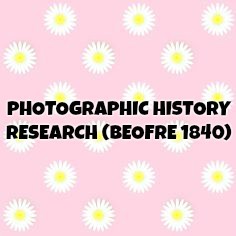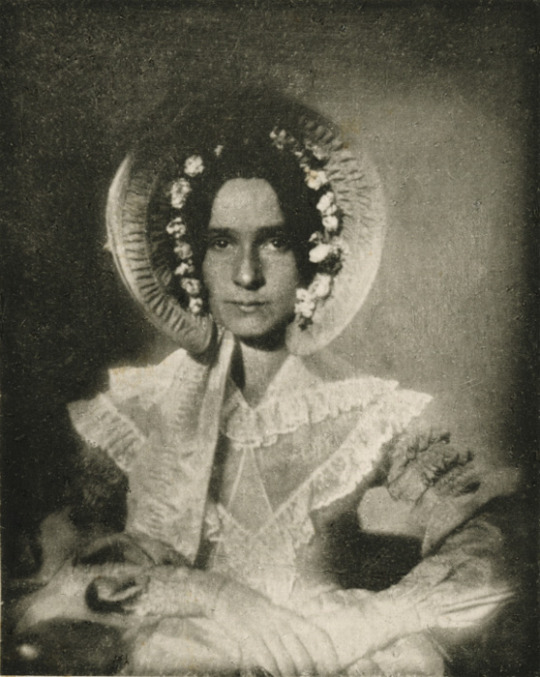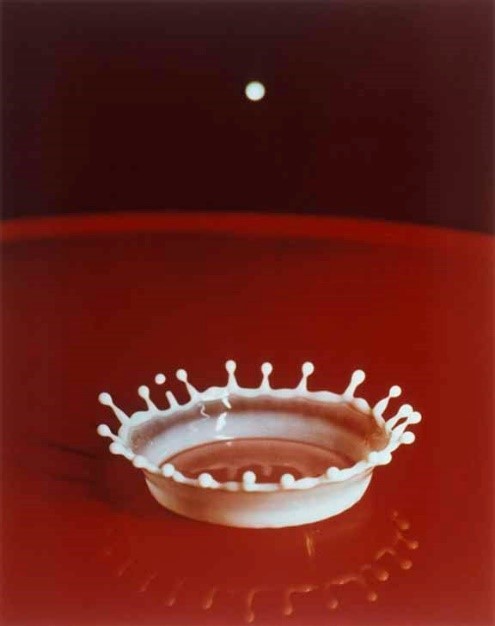#decadephotographic
Explore tagged Tumblr posts
Photo




PHOTOGRAPHIC HISTORY BEFORE 1840
Where did the word ‘Photography’ come from? The word photography is based on the Greek meaning of light and drawing, combining these to mean drawing with light. It was attributed to Sir John Herschel in 1839.
1800 - Thomas Wedgwood made the first known attempt to capture an imagine in a camera obscura. He used paper (or white leather - it’s not known for definite) and threaded it with silver nitrate. Even though it seemed to work at first after being able to capture the shadows of the objects placed into the direct sunlight it was reported in 1802 - 2 years later that the image formed were to faint to process and the shadows in the image darkened which resulted in the image pretty much getting ruined. Thomas died in 1805 with no other attempts of this made due it his deteriorating ill health.
1826/27 - It wasn’t until this year that the very first successful and oldest surviving photograph was created. It was produced by Nicephore Niepces in France who named the photograph ‘Window at Le Gras’. It was created using a sheet of pewter and the light sensitive substance was a thin coating of bitumen - a natural occurring petroleum tar which was all dissolved in lavender oil. This was then applied to the surface of the pewter and dried before being used. Traditionally the exposure was said to only be 8 hours long but these days it has been said that it would’ve in actual fact of been several days long.
After this, Niepce and Louis Daguerre retried the bitumen process making the final quality much better and easier to view. They also managed to shorten the time of exposure but it still stood at several hours long.
1839 - January 7th of this year the first complete practical photographic process was announced at a meeting of the French Academy of Sciences and the news quickly spread however it was kept a secret and only a set few knew the full instructions until August of this year when the complete instructions were made public allowing anyone to use the process - The Daguerreotype Process. This process was the most commercial process until the 1850s when it was superseded by the collodian process.
6 notes
·
View notes
Text
Photographic events in the 1950s
1952- A low-budget polarised 3-D film called Bwana Devil premieres in the late November and triggers a short winded 3-D craze that fades by 1954.
1953- The Leica M3, a 35mm rangefinder camera was introduced by Ernst Leitz and over 220,000 units were sold making it the most successful model of the M series.
1957- the first Asahi Pentax SLR was produced, being the earliest Pentax cameras, this was a pivotal development in modern photography.
1957- Russell Kirsch from the U.S National Bureau of Standards created the first digital computer acquisition of scanned photographs.
1959- Throughout the 50s, Germany and Japan were competing in camera production. Japan made the more affordable, practical cameras whereas Germany created the more reliable, professional cameras. But when Japan released the Nikon F they were put in lead of the industry, leaving Germany behind to plan their catch up. The Nikon F is known as the most significant SLR in 35mm history.
1959- The first fully automatic 35mm film camera is introduced by AGFA, the Optima.
0 notes
Text
History decade and Photography decade 1980′s
History Decade
- On 29th July 1981 - Britain’s Prince Charles marry Lady Diana Spencer. about 750 million peeople were waching it.
- “Pac-Man” the video game arcades in October 1980 and beame almost an instant success.The company sold more than 100,000 arcade units within 15 months. The first name was “Puck-man” and it came from the Japanese “Paku” or “to chomp”.
- The IBM PC ( Manufacturing mainframe computers) in 1981 debuted with first personal computer ‘5150′ , the machine weighed about 25 pounds (11kg) , which was considered compact at the time.
- First compact-disc player Sony CDP-101 debuted on 1st of October 1982 and the system was launched in Japan.
- Nintendo’s Game Boy launched in Japan on 21th of April 1989 and it instantly revolutionzed the gaming world by allowing users to play anywhere as long as they had a pair of AA batteries. it sell more than 118 milion game boy’s.
-3D printing - 1980′s - The first designs were stereolithographic, at first, led by Charles Hull’s system of using light to cure liquid polymers. But by the end of the decade, manufacturers were using laser sintering, fused deposition modeling, and even laminate layering.
Photographic Decade
- ‘Afghan Girl’ famous image of 12 year old Sharbat Gula appeared on the June 1985 cover National Geographic. The photo was taked by famous photographer Steve McCurry and now is the most famous image in the world.
- Autofocus - Originally invented by Leica in the 1970s, this technology didn't take off until the early 1980s. The first autofocus 35mm SLR was Pentax's ME-F, which was released in 1981, and had focus sensors in the camera and a motorized lens. Other camera companies followed suit and released their own autofocus systems, but the next breakthrough came in 1985 when Minolta released its autofocus system, which moved the drive motor from the lens to the camera body.
- Smart Cameras : In the late 1970s and early 1980s, compact cameras that were able of making image control decisions on their own were introduced. These "point and shoot" cameras calculated shutter speed, aperture, and focus, leaving photographers free to concentrate on composition.
- Adobe Photoshop - Photoshop was created in 1988 by Thomas and John Knoll, but the first Initial release was on 19th of February 1990. Photoshop was developed in 1987 by the American brothers Thomas and John Knoll, who sold the distribution license to Adobe Systems Incorporated in 1988.
Early History of Adobe Photoshop program :
Thomas Knoll, a PhD student at the University of Michigan, began writing a program on his Macintosh Plus to display grayscale images on a monochrome display. This program, called Display, caught the attention of his brother John Knoll, an Industrial Light & Magic employee, who recommended that Thomas turn it into a full-fledged image editing program. Thomas took a six-month break from his studies in 1988 to collaborate with his brother on the program. Thomas renamed the program ImagePro, but the name was already taken. Later that year, Thomas renamed his program Photoshop and worked out a short-term deal with scanner manufacturer Barneyscan to distribute copies of the program with a slide scanner; a "total of about 200 copies of Photoshop were shipped" this way.
http://edition.cnn.com/2016/03/28/photos/gallery/80-moments-from-the-80s/index.html
https://www.thespruce.com/brief-history-of-photography-2688527
https://www.wired.com/2012/12/the-decades-that-invented-the-future-part-8-1981-1990/
https://en.wikipedia.org/wiki/Adobe_Photoshop#Early_history
0 notes
Photo



Photographic History from the 1930′s
In 1931, Harold (”Doc”) Edgerton developed strobe photography at MIT. He is well known for transforming the stroboscope into a common device in photography.
6 notes
·
View notes